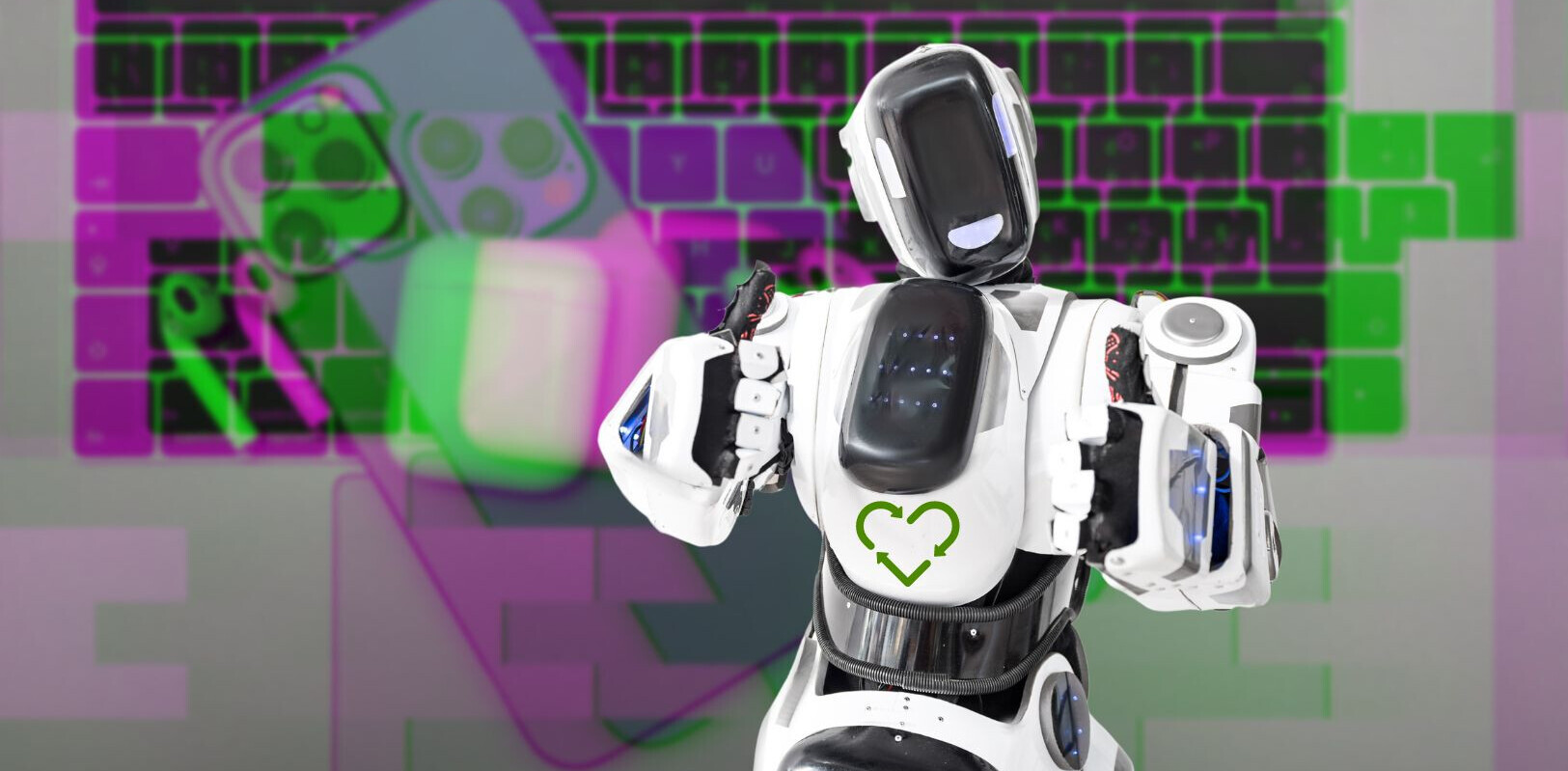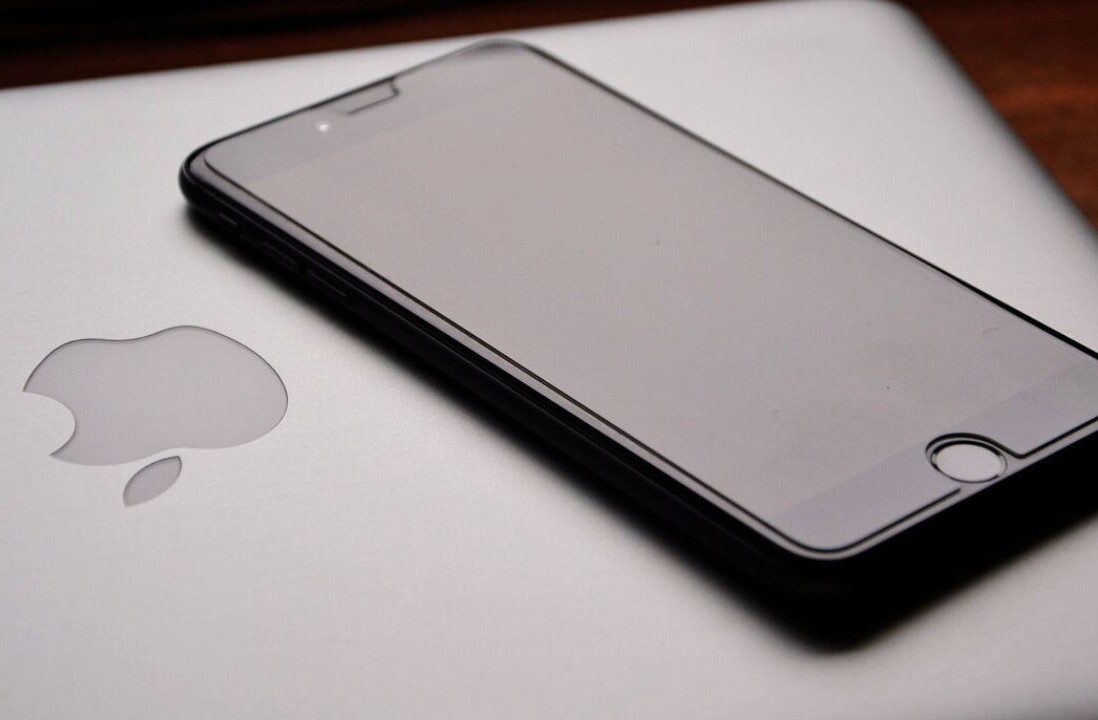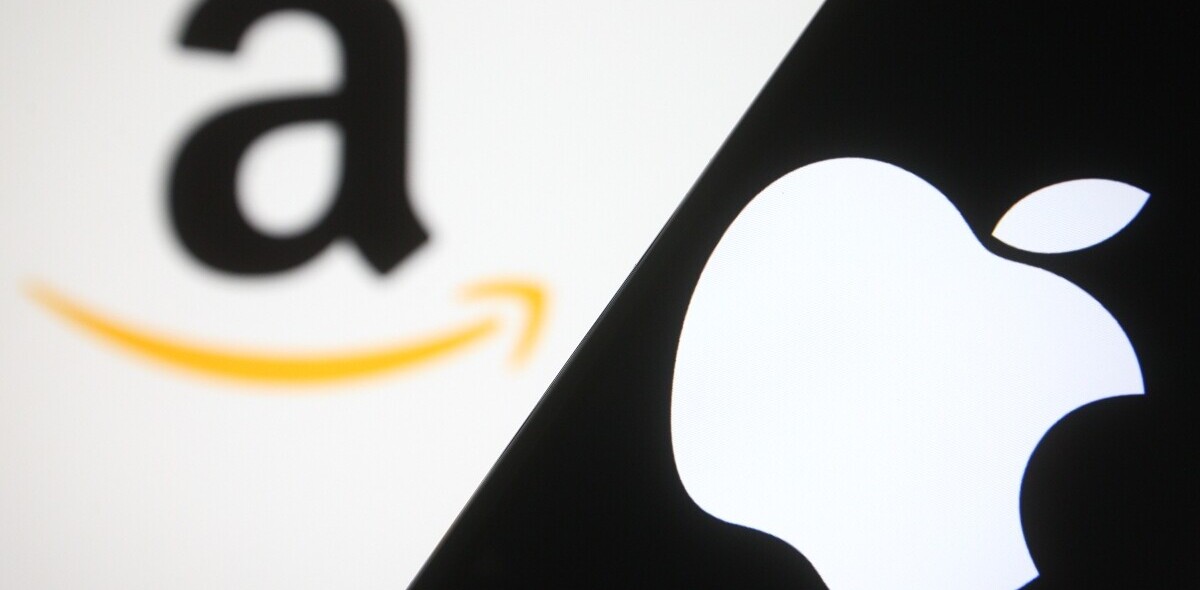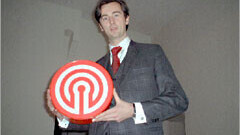
Yesterday Chad Catacchio posted a story here about a possible fix for the iPads Wi-Fi problems. Apparently if you turn the screen brightness up the Wi-Fi works better. I read the story and then came to this comment:
“only thing I can think of is that the antenna is part of the screen, so the more juice to the screen, the more juice to the antenna, the more gain on the wifi signal”
That reminded me of an incident a few years ago which might help explain what is wrong with iPad.
In 2002 I co-founded a Wi-Fi HotSpot operator in The Netherlands (that is me holding a Wifi Acces point shaped in our logo). We ended up selling the company les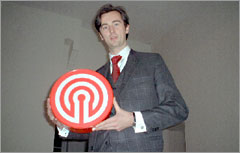 s than 2 years later to KPN and the company is still around today. Our businesmodel was simple: we would install Wi-Fi access points in hotels, bars and restaurants and charge for access to the Internet. I figured it would be easy.
s than 2 years later to KPN and the company is still around today. Our businesmodel was simple: we would install Wi-Fi access points in hotels, bars and restaurants and charge for access to the Internet. I figured it would be easy.
It wasn’t easy of course. Dealing with all those locations was a logistical nightmare and in 2002 most people had no idea what Wi-Fi was so we had a really hard time selling our services. We also almost burned down a large hotel. Yes, really.
Our technicians thought it would be a good idea to stack 20 power adapters on top of each other, tape them together and put them in a small and unventilated space. The owners of the place figured out something had to be wrong when they noticed molten plastic driping from the ceiling.
That wasn’t the story that came to mind though. The story that did come to mind is of a hotel lobby where we had installed several access points, hidden in the ceiling. The installation went smooth and everything worked perfectly. One evening a few days later we received a complaint that the Wi-Fi had stopped working. The next morning we went back, tested it and found that it worked perfectly. That same evening they called again: it stopped working again. We went back the next morning and found it all in working order again.
It seemed that every evening after a certain time the Wi-Fi would simply disappear and stop working, as if we remotely disabled the whole thing. The owner got increasingly frustrated and so were we. The next day we decided to just stick around the whole day to see for ourselves if and when it would stop working. We figured it might be a client with a faulty Wi-Fi receiver that crashed our server, a microwave that blocked the signal or maybe even a hacker. We wanted to be there when it went down to see what could be the cause.
That evening the hotel manager walked in, greeted the guests, lighted some candles and walked over to the lighting control panel to dim the lights. At that exact moment the wi-fi did poof, and disappeared.
It turned out that the technicians had used the power sockets that powered the lights and that these power sockets were remotely dimmed every evening between 6 and 7. It all seems so logical in hindsight doesn’t it?
That is what I thought about when I read Chads post yesterday. Could it be that those brilliant engineer at Apple connected the Wi-Fi chip to the same internal power socket that powers the light behind the iPad screen? Could they be so human?
Maybe I’m just the biggest Apple FanBoy in the world but somehow it put a smile on my face.
Get the TNW newsletter
Get the most important tech news in your inbox each week.

